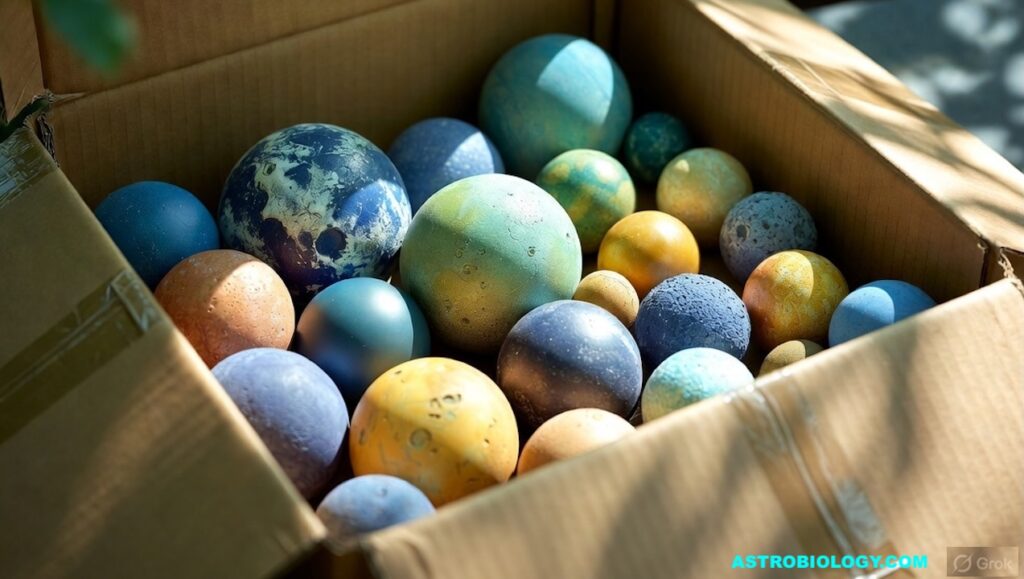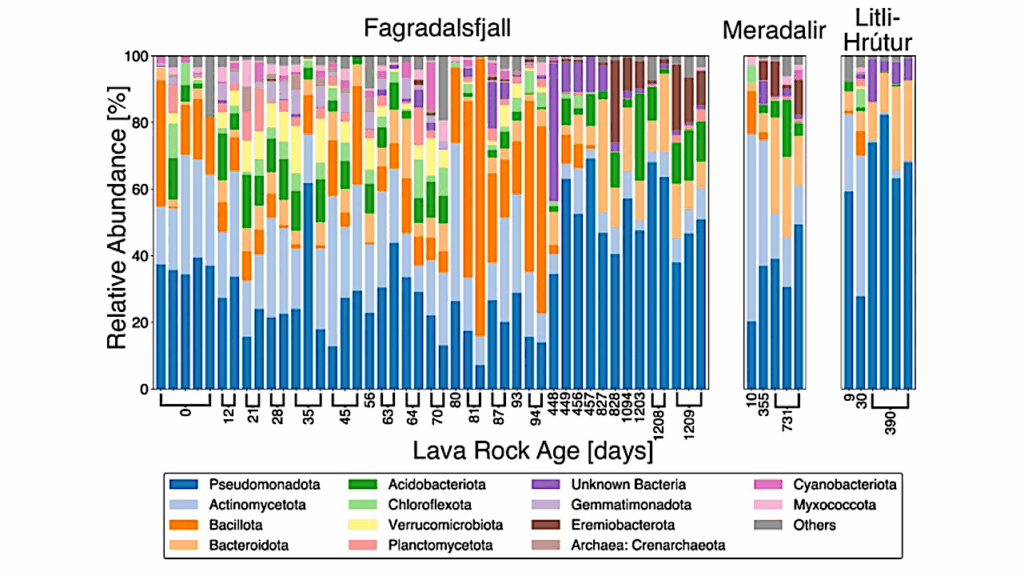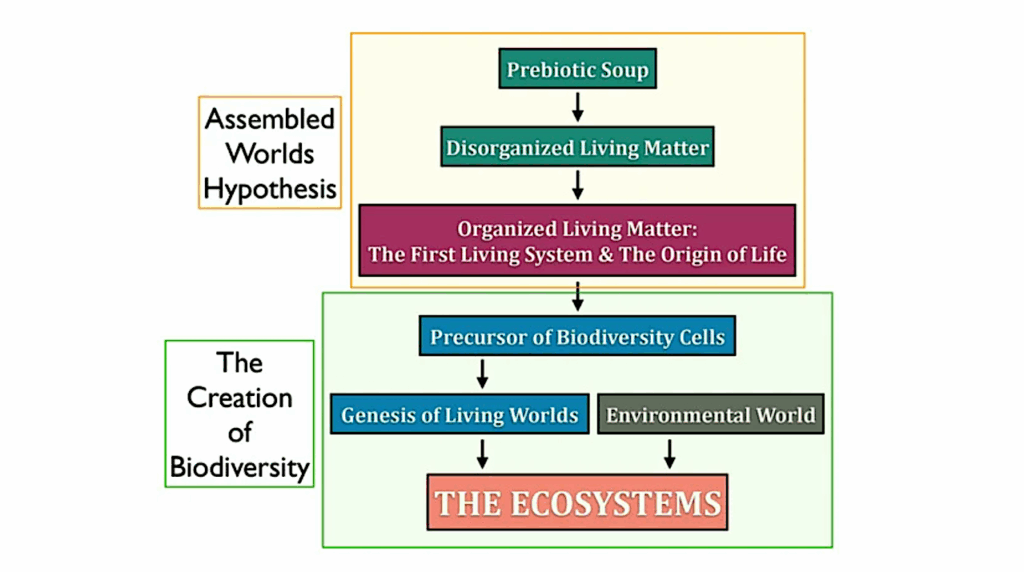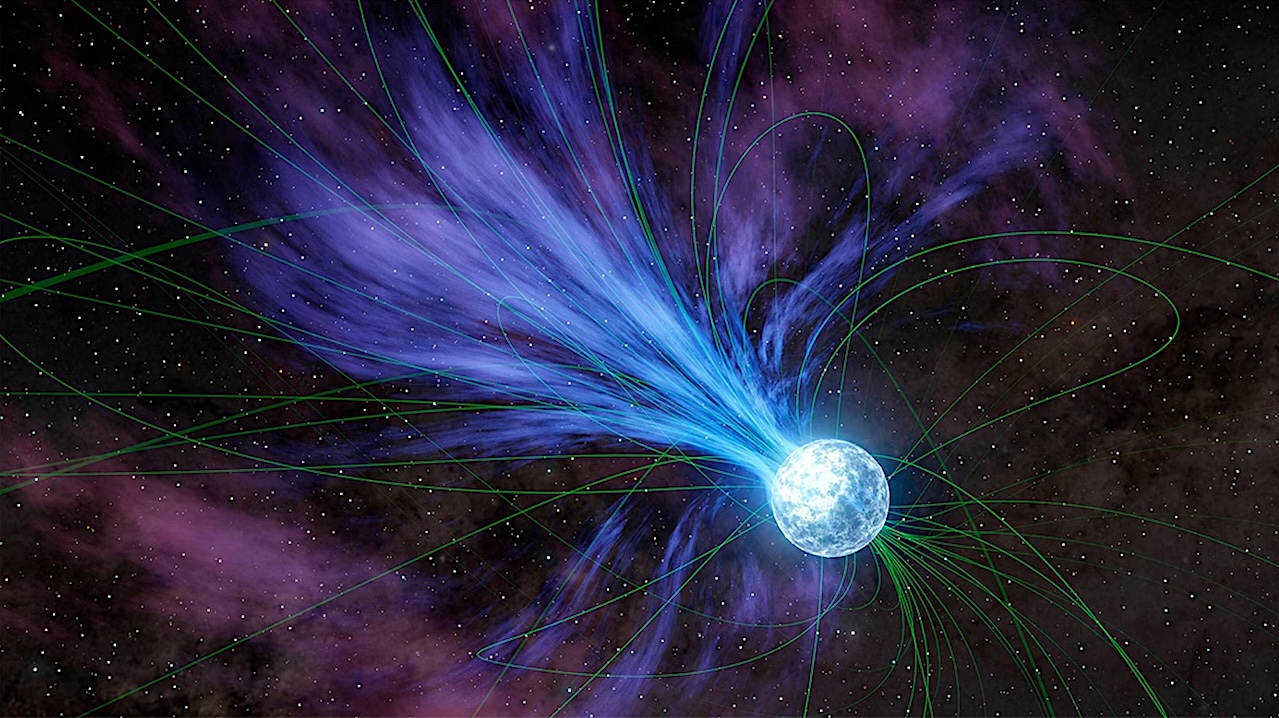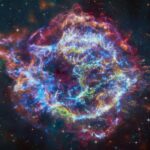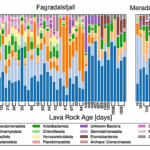Now Reading: Atmospheric C/O Ratios Of Sub-Neptunes With Magma Oceans: Homemade Rather Than Inherited
-
01
Atmospheric C/O Ratios Of Sub-Neptunes With Magma Oceans: Homemade Rather Than Inherited
Atmospheric C/O Ratios Of Sub-Neptunes With Magma Oceans: Homemade Rather Than Inherited
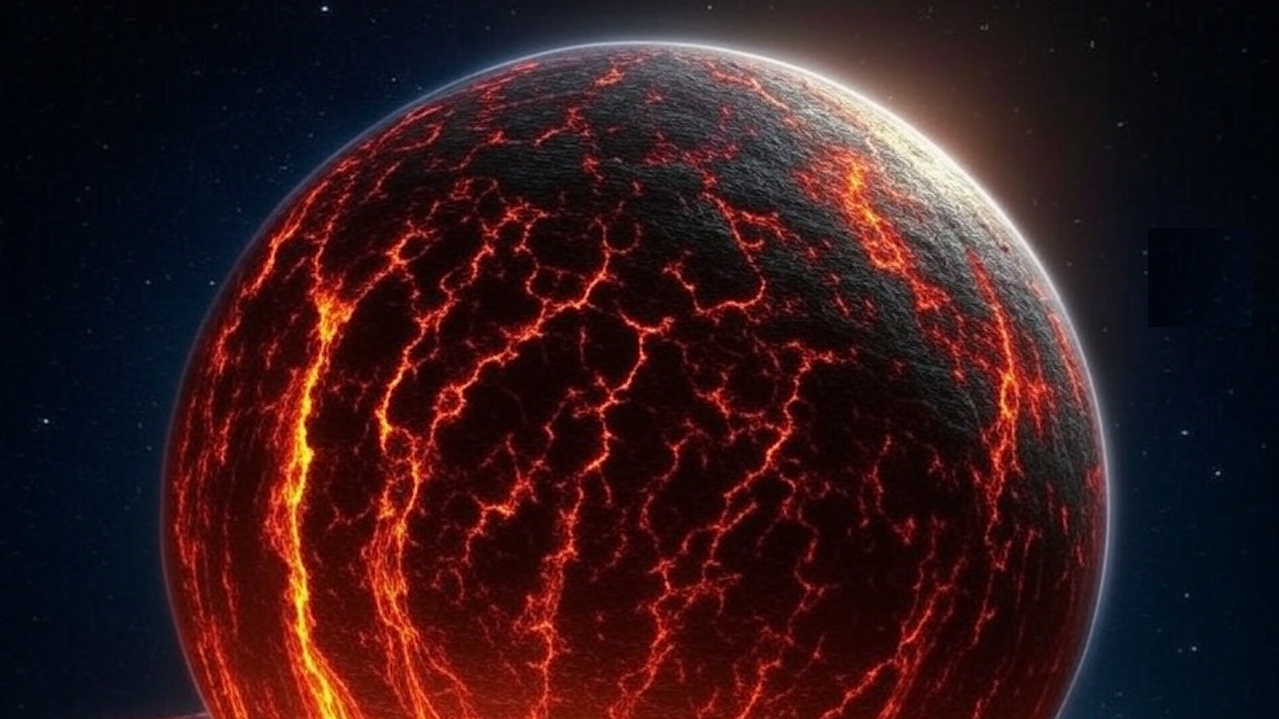

Sub-Neptune With A Magma Ocean — Grok via Astrobiology.com
Recently, the James Webb Space Telescope has enabled detailed spectroscopic characterization of sub-Neptune atmospheres.
With detections of carbon- and oxygen-bearing species such as CO, CO2, CH4, and H2O, a central question is whether the atmospheric C/O ratio, commonly used to trace formation location in giant planets, can serve a similar diagnostic role for sub-Neptunes.
We use the global chemical equilibrium framework of Schlichting & Young (2022) to quantify how magma ocean-atmosphere interactions affect the atmospheric C/O ratio. We find that the resulting C/O ratios range from several orders of magnitude below solar to a few times solar. The atmospheric C/O ratio in sub-Neptunes is therefore not inherited from the protoplanetary disk, but instead emerges from chemical equilibrium between the atmosphere and the underlying magma ocean.
Planetary mass, atmospheric mass fraction, and thermal state all strongly influence the atmospheric C/O ratio. In addition, carbon partitioning into the metal phase typically reduces the atmospheric C/O ratio substantially, particularly for atmospheric mass fractions less than a few percent.
Finally, we couple the deep equilibrium compositions to 1D atmospheric models that self-consistently solve for the pressure-temperature structure and chemical composition, including photochemistry. We find that the C/O ratio varies with altitude under low vertical mixing conditions (Kzz=104 cm2s−1), but remains constant under strong mixing (Kzz=107 cm2s−1).
Our results imply that observed C/O ratios of sub-Neptunes can be used to probe their interiors. Specifically, C/O ratios much lower than host star values would imply an underlying magma ocean with iron metal having sequestered significant amounts of carbon.
Aaron Werlen, Caroline Dorn, Hilke E. Schlichting, Simon L. Grimm, Edward D. Young
Comments: Submitted to ApJL
Subjects: Earth and Planetary Astrophysics (astro-ph.EP)
Cite as: arXiv:2504.20450 [astro-ph.EP] (or arXiv:2504.20450v1 [astro-ph.EP] for this version)
https://doi.org/10.48550/arXiv.2504.20450
Focus to learn more
Submission history
From: Aaron Werlen
[v1] Tue, 29 Apr 2025 05:53:42 UTC (624 KB)
https://arxiv.org/abs/2504.20450
Astrobiology,
Stay Informed With the Latest & Most Important News
Previous Post
Next Post
-
 012024 in Review: Highlights from NASA in Silicon Valley
012024 in Review: Highlights from NASA in Silicon Valley -
 02Panasonic Leica Summilux DG 15mm f/1.7 ASPH review
02Panasonic Leica Summilux DG 15mm f/1.7 ASPH review -
 03How New NASA, India Earth Satellite NISAR Will See Earth
03How New NASA, India Earth Satellite NISAR Will See Earth -
 04And Thus Begins A New Year For Life On Earth
04And Thus Begins A New Year For Life On Earth -
 05Astronomy Activation Ambassadors: A New Era
05Astronomy Activation Ambassadors: A New Era -
 06From Polymerization-Enabled Folding and Assembly to Chemical Evolution: Key Processes for Emergence of Functional Polymers in the Origin of Life
06From Polymerization-Enabled Folding and Assembly to Chemical Evolution: Key Processes for Emergence of Functional Polymers in the Origin of Life -
07SpaceX launch surge helps set new global launch record in 2024












